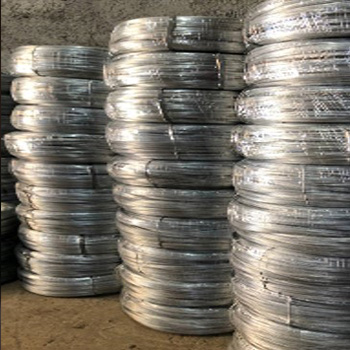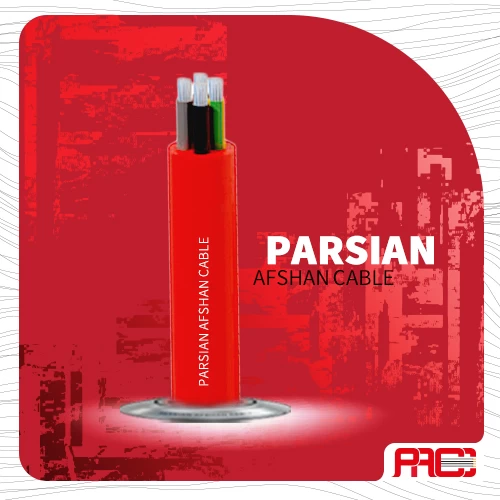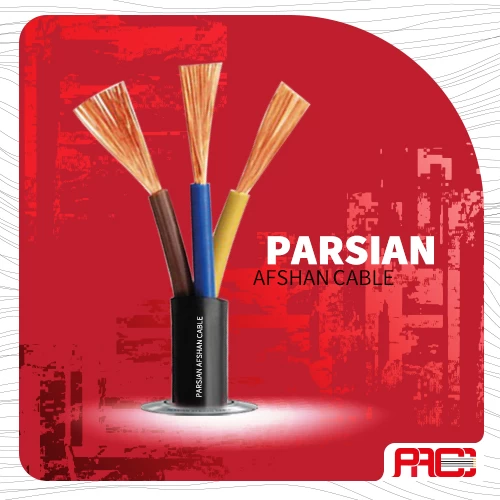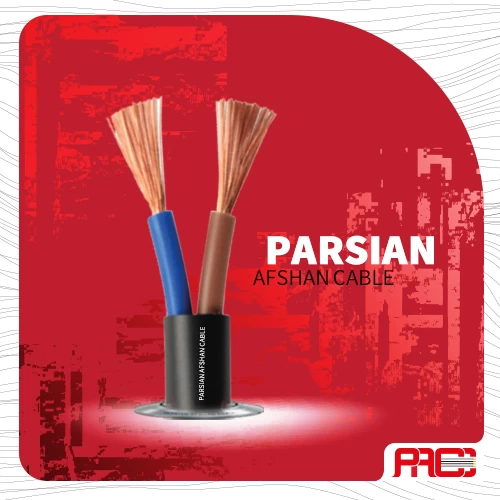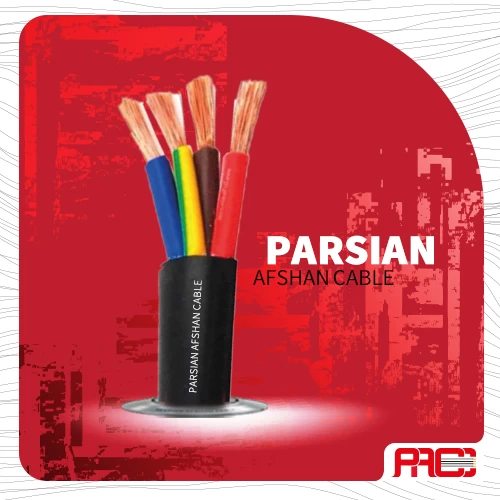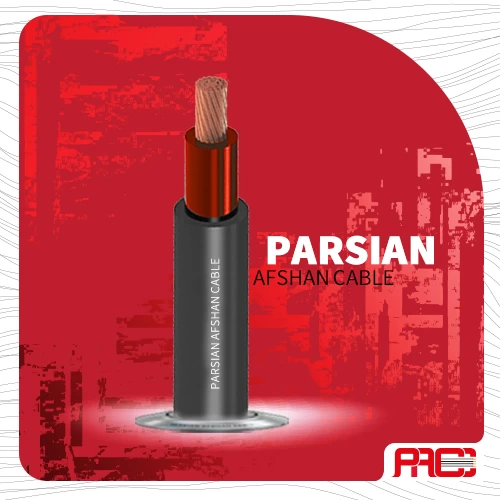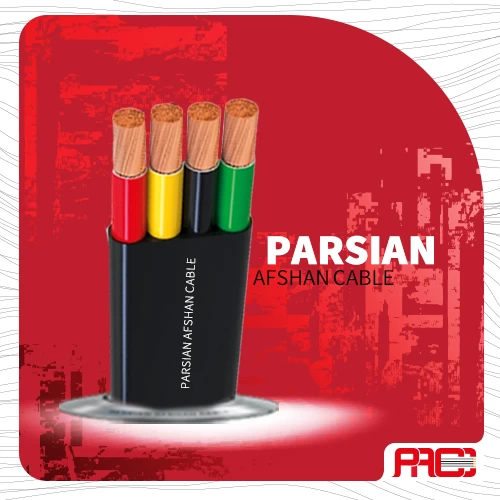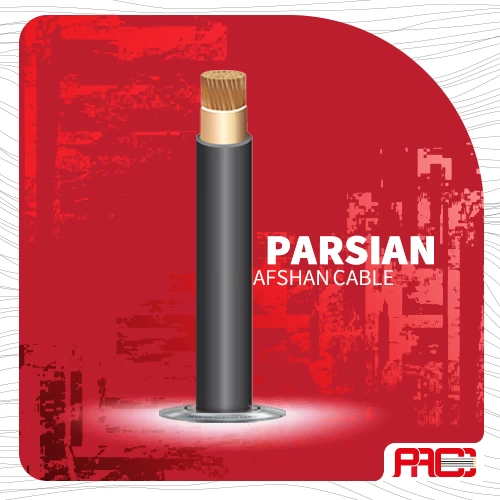Cold galvanized wire
Cold galvanized wire is another type of galvanized wire, which differs from hot galvanized wire in the amount of coating on it. This makes it used in other places. In the consumer market, it is also called white wire and it is produced with thicknesses between 0.5 and 4 mm. In the following, we will talk about the characteristics of this type of wire, the production stages of this wire and the characteristics that affect the price of cold galvanized wire.
The strength of cold galvanized wire is not different from its hot type, but it is more flexible than it. For this reason, this type of wire can be used in places where a lot of flexibility is required to prevent damage to the structure due to large movements.
The difference between hot and cold galvanized wire
After annealing and acid washing, the hot galvanized wire is immersed in molten zinc at 500 degrees Celsius, so that a layer of zinc is applied to the surface of the wire to protect the steel against corrosion in the cold galvanized wire. The one-way electric current is applied to the zinc layer because the zinc atoms are uniformly and evenly attached to the wire. Compared to the hot-dip galvanized zinc surface, it has a smoother and softer coating than the hot-dip galvanized steel wire.
Application of galvanized wire
This product is one of the most special raw materials for making wire products such as fence netting, chicken netting, peregrine netting, gabion netting, mesh netting, spring wire, communication equipment , medical equipment , electric brushes , steel cables , filters , pressure pipeline. It is strong , handicrafts , wire binding , etc. It is also widely used in the construction industry. It can be used from foundation reinforcement to stonework and rabbeting, which are the final stages of building construction.
 +7929688-88-14
+7929688-88-14

 English
English
 Persian
Persian
 Russian
Russian
 Chinese
Chinese


 +7929688-88-14
+7929688-88-14

 Wires, Cables & Cable Assemblies
Wires, Cables & Cable Assemblies

.jpg)
